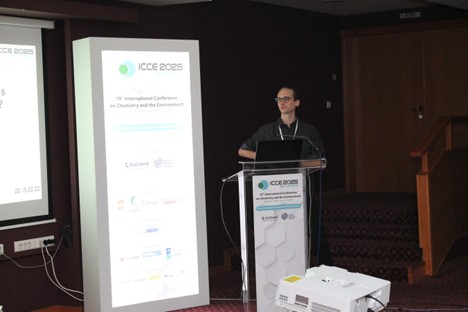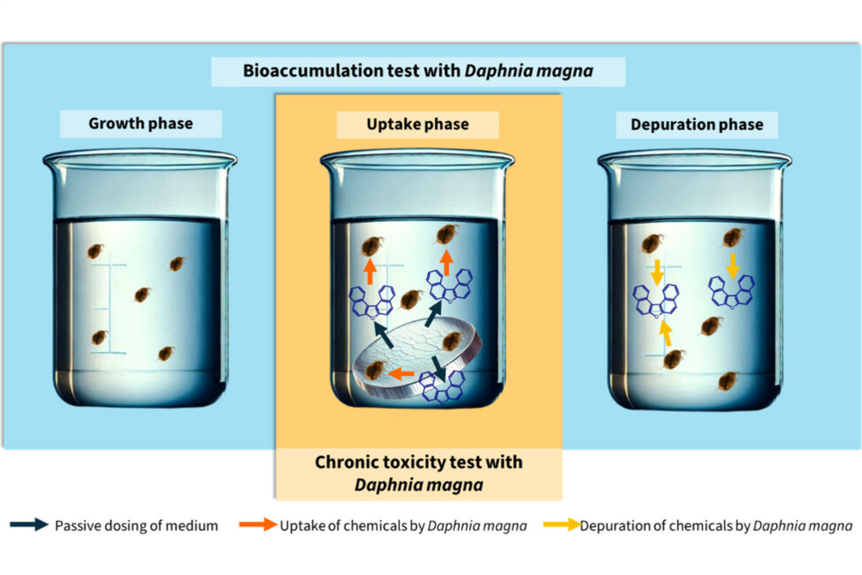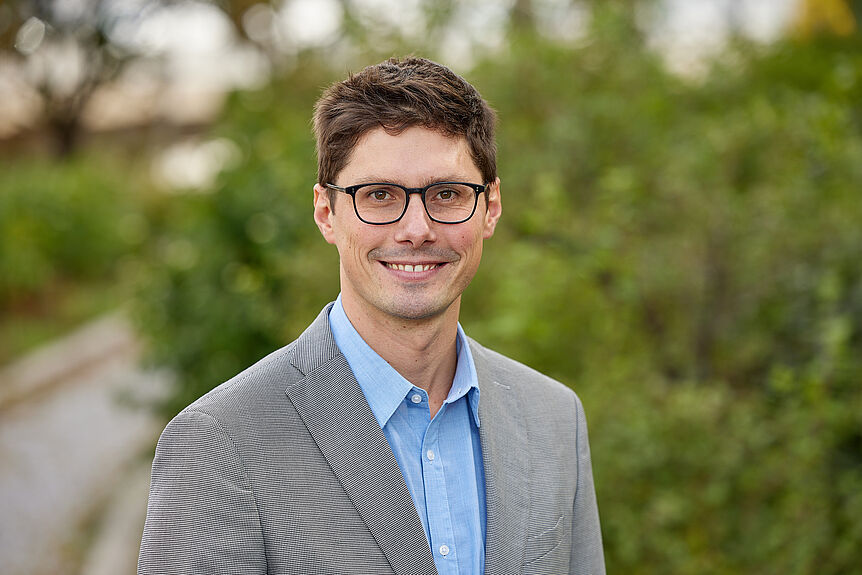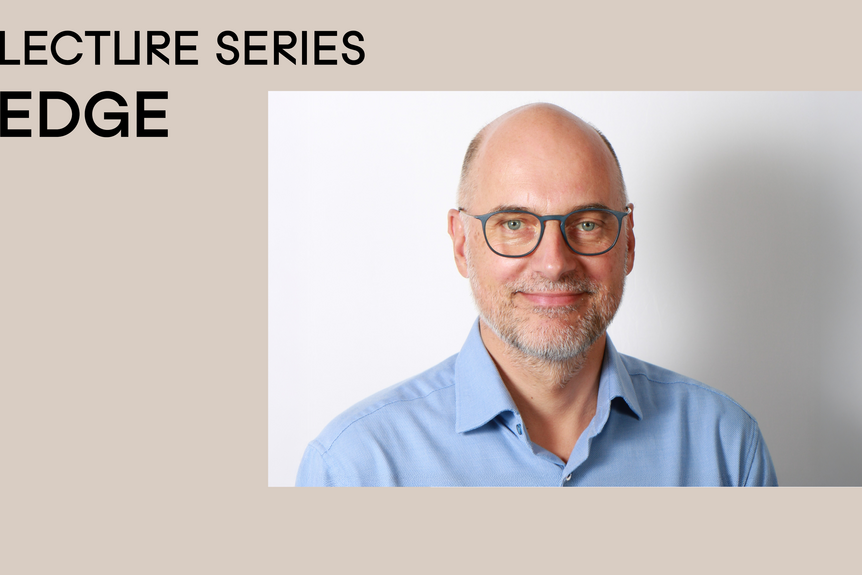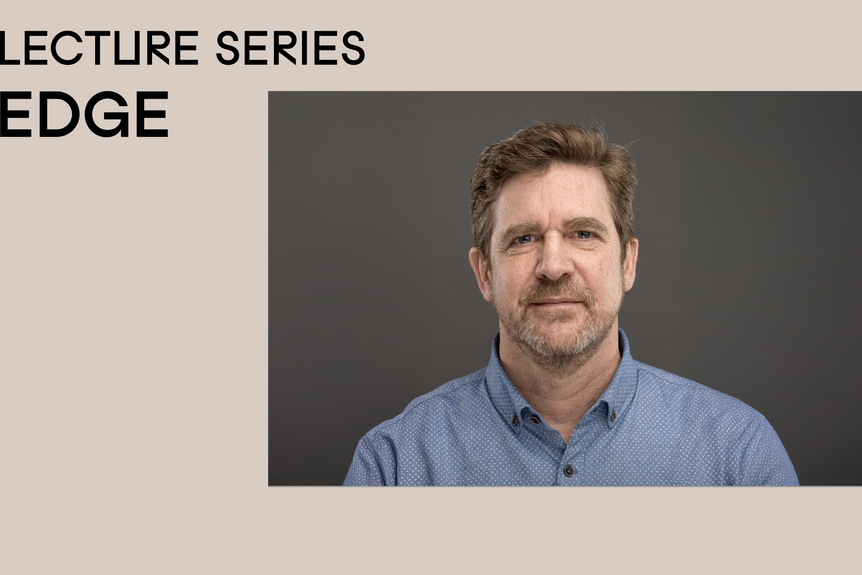About Us
The Division of Environmental Geosciences investigates key processes controlling the natural environment and anthropogenic impacts. Researchers at EDGE combine field observations with experimental work, linking molecular-scale mechanisms at environmental interfaces with complex large-scale environmental processes using quantitative modelling. At EDGE, we accept the challenges posed by the release of known and emerging pollutants and recognise the need to understand their impacts on soils, ground and surface waters, using process-based and mechanistic research.
News
10.06.2025
EDGE Lecture Series
Publications
Wichmann, N., Meibom, J., Kohn, T., & Zumstein, M. (2025). Conserved specificity of extracellular wastewater peptidases revealed by multiplex substrate profiling by mass spectrometry. Environmental Chemistry Letters, 23(4), 953-959. Article 100210. https://doi.org/10.1007/s10311-025-01834-7
Gruseck, R., Hofmann, T., & Zumstein, M. (2025). Flavonoid Stability and Biotransformation in Agricultural Soils: Effects of Hydroxylation, Methoxylation, and Glycosylation. Journal of Agricultural and Food Chemistry, 73(23), 14245-14252. https://doi.org/10.1021/acs.jafc.5c02814
Martino, C., Savoca, D., Mauro, M., Byrne, M., Hüffer, T., Chiarelli, R., Badalamenti, R., Maccotta, A., Arizza, V., & Vazzana, M. (2025). Heatwave conditions increase the toxicity of phthalates in marine organisms. Science of the Total Environment, 979, Article 179479. https://doi.org/10.1016/j.scitotenv.2025.179479
Guggenberger, P., Patil, P., Fickl, B., Pichler, C. M., Bayer, B. C., Stockhausen, M., Hofmann, T., Fafilek, G., & Kleitz, F. (2025). In-Situ Formation of High-Performance β-NiOOH OER Electrocatalysts Using Boron and Phosphorus-Enriched Ni Core-Shell Nanoparticles. ACS Applied Materials and Interfaces, 17(21), 30773 - 30784. https://doi.org/10.1021/acsami.4c22116
Sherman, A., Masset, T., Wimmer, L., Maruschka, L. K., Dailey, L. A., Hüffer, T., Breider, F., & Hofmann, T. (2025). The Invisible Footprint of Climbing Shoes: High Exposure to Rubber Additives in Indoor Facilities. ACS ES&T air, 2(5), 930-942. https://doi.org/10.1021/acsestair.5c00017



